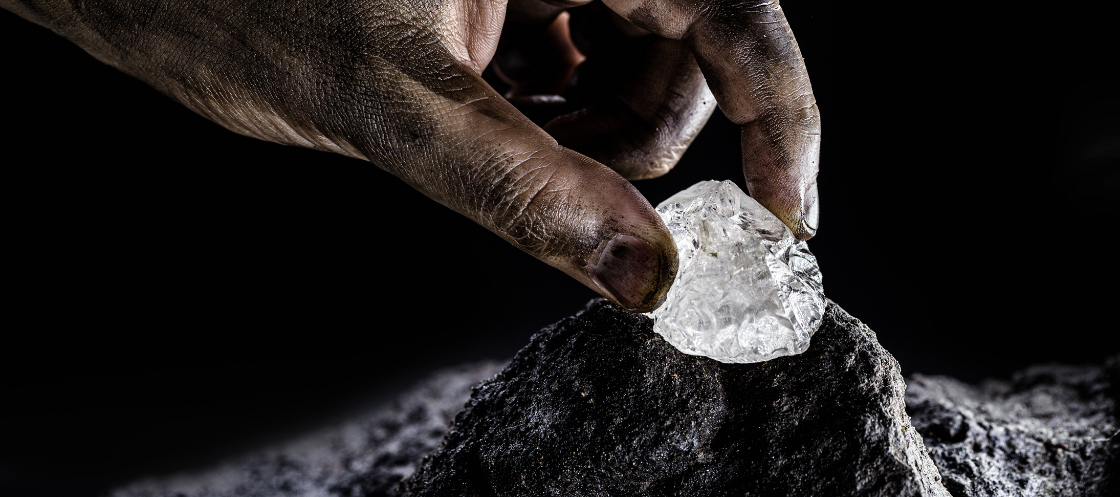Global connections, infrastructure and workforce focus of new Critical Minerals Strategy
The Strategy sets out a vision to grow critical minerals wealth, create Australian jobs in mining and manufacturing, strengthen global clean energy supply chains, and support the world to achieve net zero emissions.

Minister for Resources and Northern Australia Madeleine King has released the new Strategy to make Australia a globally significant producer of raw and processed critical minerals and boost economic opportunities for all Australians, including First Nations people and regional communities.
The new Critical Minerals Strategy is designed to be an enduring framework to guide future Government policy decisions to maximise the national benefits of Australia’s internationally significant critical minerals endowments.
The Strategy highlights six focus areas:
- Developing strategically important projects, with targeted support
- Attracting investment and building international partnerships, to optimise trade and investment settings for priority technologies
- First Nations engagement and benefit sharing, to strengthen engagement and partnership with First Nations people and communities, and to improve equity and investment opportunities for First Nations interests
- Promoting Australia as a world leader in environmental and social governance (ESG) standards
- Unlocking investment in enabling infrastructure and services
- Growing a skilled workforce.
As one of the first policy decisions under the Strategy, the Government will target $500 million of new investment into critical minerals projects, via the Northern Australia Infrastructure Facility.
The Strategy will also establish a process to update the critical minerals list.
The decision builds on the Federal Government’s wider suite of policies to support the sector, including finance through the Critical Minerals Facility and National Reconstruction Fund, investments in research and development, and grants to help develop early- to mid-stage critical minerals projects.
Independent modelling has found increasing exports of critical minerals and energy-transition minerals could create more than 115,000 new jobs and add $71.2 billion to GDP by 2040.
However, the number of jobs could increase by 262,600, and the increase in GDP strengthen to $133.5 billion by 2040 if Australia builds downstream refining and processing capability and secures a greater share of trade and investment.
Australia is the world’s largest producer of lithium, the third largest producer of cobalt and fourth largest producer of rare earths. Australia also produces significant amounts of metals such as aluminium, nickel and copper, which combined with critical minerals, are crucial for low-emissions technology such as electric vehicles, batteries, solar panels, and wind turbines.
The Strategy will involve collaboration with state and territory governments, and will work alongside the Government’s key agenda items including:
- Australia’s Critical Technology Statement
- National Reconstruction Fund
- Australian Made Battery Plan
- National Electric Vehicle Strategy
- National Hydrogen Strategy
- Powering Australia Plan
- First Nations Clean Energy Strategy.
















